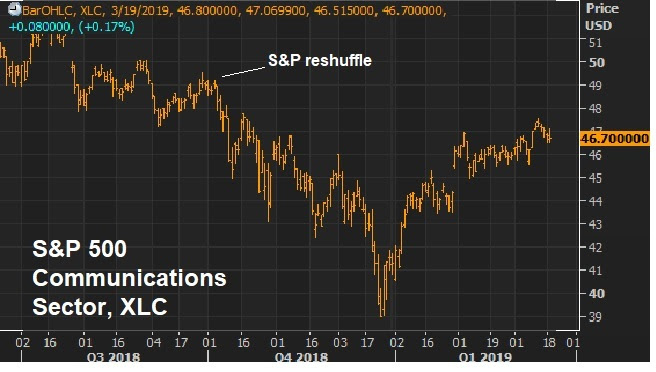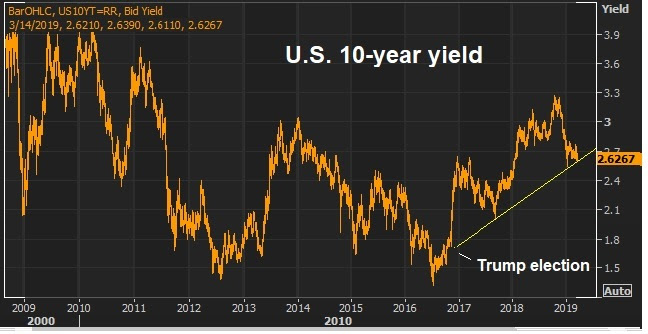|
April 1, 5:00 pm EST Last week we talked about the buildup to the Lyft IPO. Lyft, “lifted” to a valuation of close to $25 billion when shares started trading on Friday. Today, it’s down as much as 20% from the Friday highs. The last private investment valued the company at $15.1 billion. That gave them a paper gain of over 60% on Friday, for just a 9-month holding period. Good for them. For everyone else, remember, you’re looking at a company that did a little over $2 billion in revenue, while losing almost a billion dollars. Most importantly, over the three years of data that Lyft shared in its S-1 filing, revenue growth has been slowing and losses have been widening. So, you’re buying a company that hopes to be profitable in seven years, to justify the valuation today. This is a company that has only existed seven years. And to think that we can predict what the next seven will look like, in the ever changing technology and political/regulatory environment (much less economic environment), is a stretch. For some perspective on these valuations, below is what it looks like if we compare the three largest/dominant car rental car companies (Enterprise, Hertz and Avis) to the two largest/dominant ride sharing companies.
|
 |
|
With Uber now expected to be valued at around $120 billion when it goes public (possibly this month), the ride sharing industry is valued at about 14 times the car rental industry. The rental car industry has been priced as if ride-sharing industry has destroyed it. Ironically, if the ride sharing movement is to succeed in the long-run, and is to fully reach the potential that is being priced into the valuations, then they will need these car rental companies to supply and manage the fleet of vehicles required for Uber and Lyft to scale. Join me here to get my curated portfolio of 20 stocks that I think can do multiples of what broader stocks do, through the end of the year.
|









